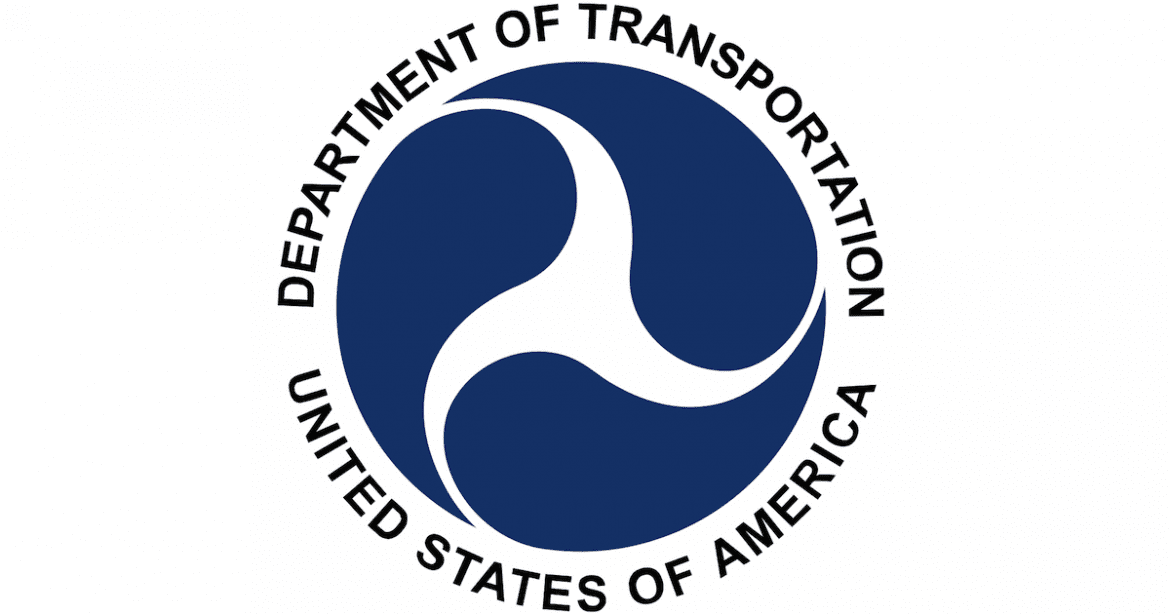As supply chain snafus continue to impede U.S. economic growth, the Department of Transportation is soliciting ideas to improve the problems. Comments were accepted between Sept. 16 and Oct. 18 with hundreds of organizations and individuals already responding.
DOT called for “practical solutions from a broad range of stakeholders to address current and future challenges to supply chain resilience.” Many of the comments came from truck drivers who cited low pay and driver detention as an impediment to driver retention.
A recent roundtable at the Federal Motor Carrier Safety Administration cited statistics revealing that the driver turnover rate at some of the nation’s largest fleets is approaching 90%.
Low pay and lack of benefits are major reasons for the current driver shortage. Some drivers commented that trucking was no longer a long-term career choice.
Another reason was that drivers often must wait interminable hours in detention waiting for their truck to be loaded or unloaded. Drivers advised that shippers and receivers should be prepared to pay for detention time. Even before slowdowns caused by the COVID-19 pandemic, drivers consistently had to wait up to seven or eight hours to get back on the road.
Other drivers cited lack of safe truck parking as well as government-imposed regulations which can waste a driver’s time as major reasons for drivers to leave their jobs.
DOT wanted stakeholders to concentrate on 13 topics posted on the federal register:
• The identification of major infrastructure or operational bottlenecks and chokepoints across all aspects of the freight and logistics supply chain—including shipping/receiving, intermodal transfer, rail/water/truck transportation, warehousing, etc.—that slow or impede efficient cargo movement within the freight and logistics sector, and the most effective investments and management practice improvements that could be made to alleviate those bottlenecks.
• Current and potential future shortages and/or distribution limitations of essential cargo-handling equipment, such as chassis and shipping containers, and how these challenges can be or are likely to be addressed by the freight and logistics industry over both the medium and longer-term.
• Warehouse capacity and availability, and any challenges faced in operating and siting/constructing those facilities, as well as challenges faced by third-party logistics service providers and other stakeholders in the logistic system.
• Major risks to resilience within the freight and logistics sector (including defense, intelligence, cyber, homeland security, health, climate, environmental, natural, market,
economic, geopolitical, human-rights, or labor-management risks). What factors help to
mitigate, or conversely exacerbate, these risks?
• The effects of climate change on transportation and logistics infrastructure and its
implications for supply chain resiliency.
• Technology issues, including information systems, cybersecurity risks, and
interoperability that affects the safe, efficient, and reliable movement of goods. Would
greater standardization of those technologies help address those challenges?
• Key opportunities and challenges with respect to the existing and future workforce to ensure a well-functioning freight and logistics supply chain and achieve the President’s goal of increasing good-paying jobs with the choice of a union. Are there additional
workforce or skill set opportunities and needs currently, or expected in the future?
• Current barriers (including statutory, regulatory, technological, institutional, labor and workforce, management, existing business models/practices issues) that inhibit supply chain performance. For any barriers identified, please address the actors involved and
potential outcomes should those barriers be removed.
• Critical assets that the sector relies upon and their expected future availability. Would
increasing domestic production of these assets be desirable or feasible as a means of
ensuring greater supply chain resiliency (chassis, containers, etc.)?
• Technological practices, including data sharing, are being implemented at various levels across the supply chain sector. What are the upsides, challenges, and drawbacks of further adoption?
• Actions that DOT or other agencies in the U.S. Government (USG) could take under
existing authorities or in partnership with States, local governments, the private sector, or labor to address current and evolving challenges within the freight and logistics sector.
• Other policy recommendations or suggested executive, legislative, or regulatory changes to ensure a resilient supply chain that DOT/USG should consider, including means to collaborate more effectively across government agencies and suggestions based on state and international models.
• Recommended actions by non-Federal entities, including State and local governments, private firms, labor, and other participants in the freight and logistics sector that could be encouraged by DOT/USG.


